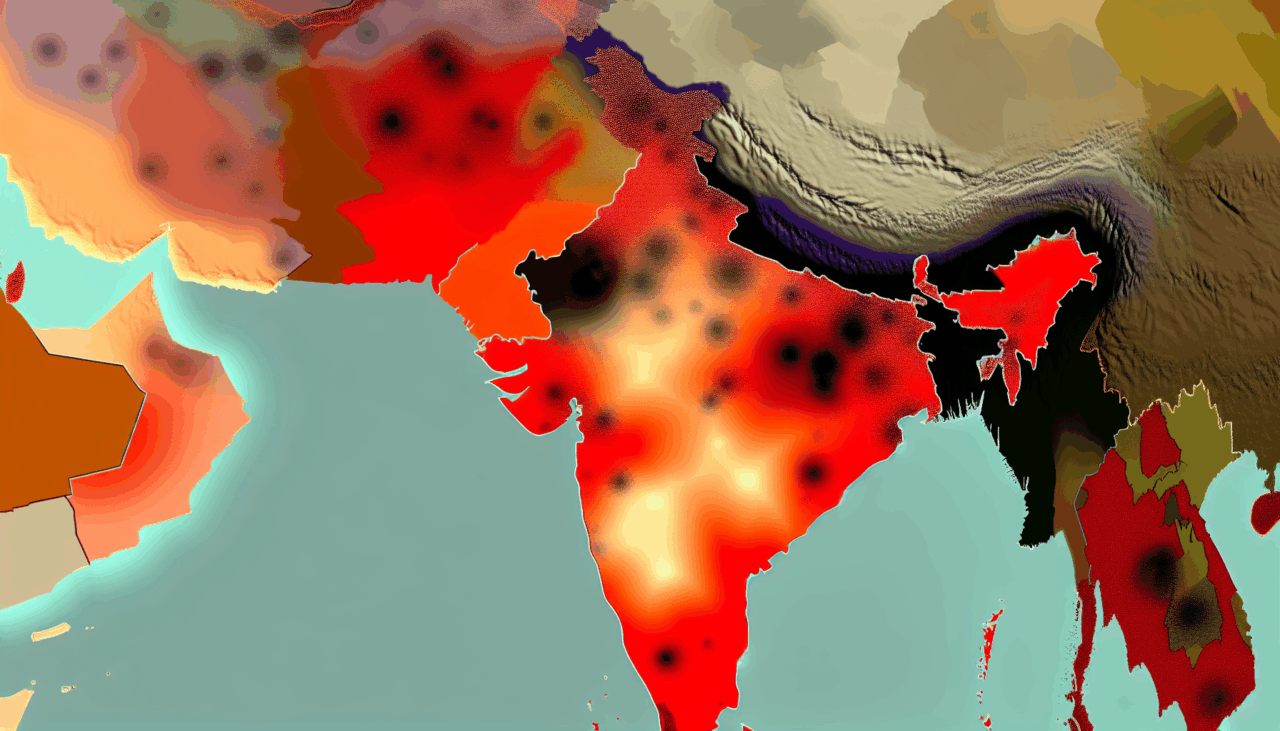Introduction to Chikungunya’s Global Threat
Recent comprehensive mapping of chikungunya’s global risk indicates that India could face the most significant long-term impact from this mosquito-borne virus. The study, conducted by researchers from the London School of Hygiene & Tropical Medicine, Nagasaki University, and the International Vaccine Institute in Seoul, highlights the potential for widespread infection and chronic health issues associated with chikungunya.
Projected Impact on India and Other High-Risk Countries
The infectious disease model predicts that globally, 14.4 million people could be at risk of chikungunya infections each year, with India alone accounting for 5.1 million of these cases. The analysis suggests that the number of people at risk could increase to 34.9 million globally, with 12.1 million in India, as the virus spreads to regions not currently considered at risk.
India, along with Brazil and Indonesia, ranks among the top three countries likely to experience substantial long-term impacts from chikungunya. These three nations account for nearly half of the global burden of the disease, primarily due to chronic disabilities that affect about 50% of those infected.
Health Implications and Public Health Strategies
The study underscores the chronic health impacts of chikungunya, with evidence suggesting that around half of those infected suffer from long-term disabilities. This information is crucial for public health professionals in the region who are actively working to contain outbreaks.
The research aims to provide fresh insights for targeting vaccine programs by estimating age groups and areas most at risk of long-term effects. The study’s findings are published in BMJ Global Health, offering a valuable resource for countries to prepare more effectively for potential outbreaks.
Chikungunya’s Transmission and Symptoms
Chikungunya outbreaks have been reported in over 114 countries since 2004, posing a growing public health concern. The virus is transmitted by Aedes aegypti and Aedes albopictus mosquitoes, commonly known as yellow fever and tiger mosquitoes. Infected individuals experience severe joint pain and high fever, with over 50% suffering from long-term joint pain and disability. While there are no specific treatments for chikungunya, two preventative vaccines have been approved in some countries.
Innovative Predictive Modeling
This study is the first to use machine learning to predict chikungunya’s burden by combining existing infection data with factors influencing infection likelihood. These factors include the presence of Aedes mosquitoes, suitable temperatures for virus transmission, annual precipitation, environmental suitability for virus spread, and national GDP levels.
Previous studies have often underestimated chikungunya’s true burden by relying solely on surveillance and outbreak reports. The new model predicts how many people at risk may become infected annually, based on the force of infection, which indicates the potential for rapid disease spread.
Global and Regional Risk Assessment
The study found that all continents have regions where high numbers of chikungunya infections are predicted annually. On average, 1.2 to 1.3% of people at risk could be infected each year, lower than the 6% risk for dengue. However, certain countries, like Gabon in Africa, could see infection rates as high as 11%.
The research team also assessed the long-term consequences of chikungunya infection, known as its burden, for individuals and countries worldwide. Chronic illness, rather than acute infection, accounts for 54% of the chikungunya burden, primarily affecting those aged 40 to 60, while children under 10 and adults over 80 are most at risk of acute illness.
Expert Insights and Future Directions
Hyolim Kang, who led the study, emphasized the importance of preventing chikungunya’s spread beyond subtropical and tropical regions. With no specific antiviral therapies available, treatment relies on supportive care, highlighting the need for effective prevention strategies.
Sushant Sahastrabuddhe, a co-author of the study, stressed the urgency of using real-time modeling to help public health professionals manage current cases and prepare for future outbreaks. Kaja Abbas, a senior author, noted that the model-based estimates could inform outbreak response immunization strategies using the two licensed vaccines, Ixchiq and Vimkunya.
Conclusion and Global Implications
The researchers hope their findings will inform global prevention strategies, such as those by the WHO SAGE Working Group on Chikungunya Vaccines, to identify regions at risk of long-term burden and support geographical prioritization. The study’s maps represent a snapshot of the long-term annual average and do not account for unexpected changes due to extreme weather events or climate change.
🔗 **Fuente:** https://medicalxpress.com/news/2025-10-india-biggest-impact-chikungunya.html

